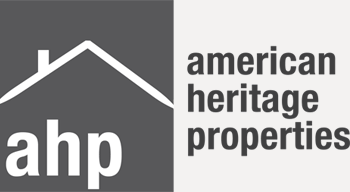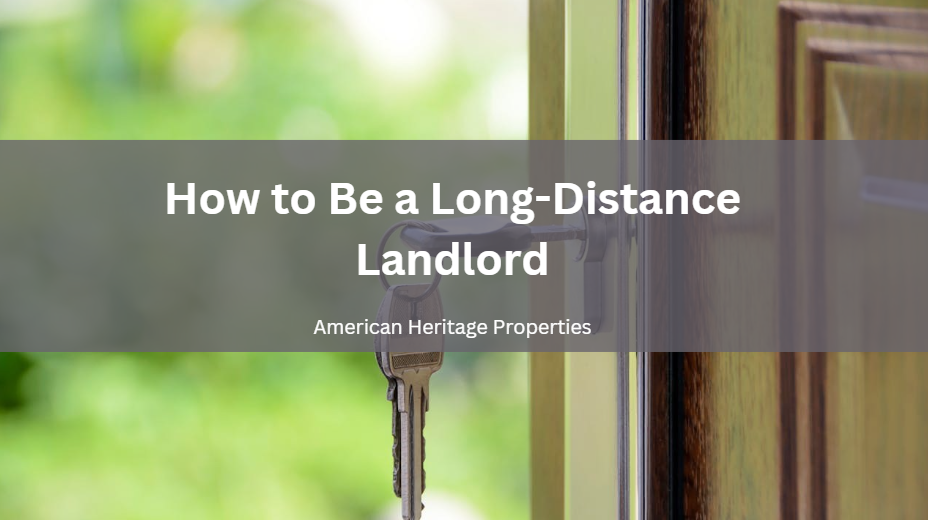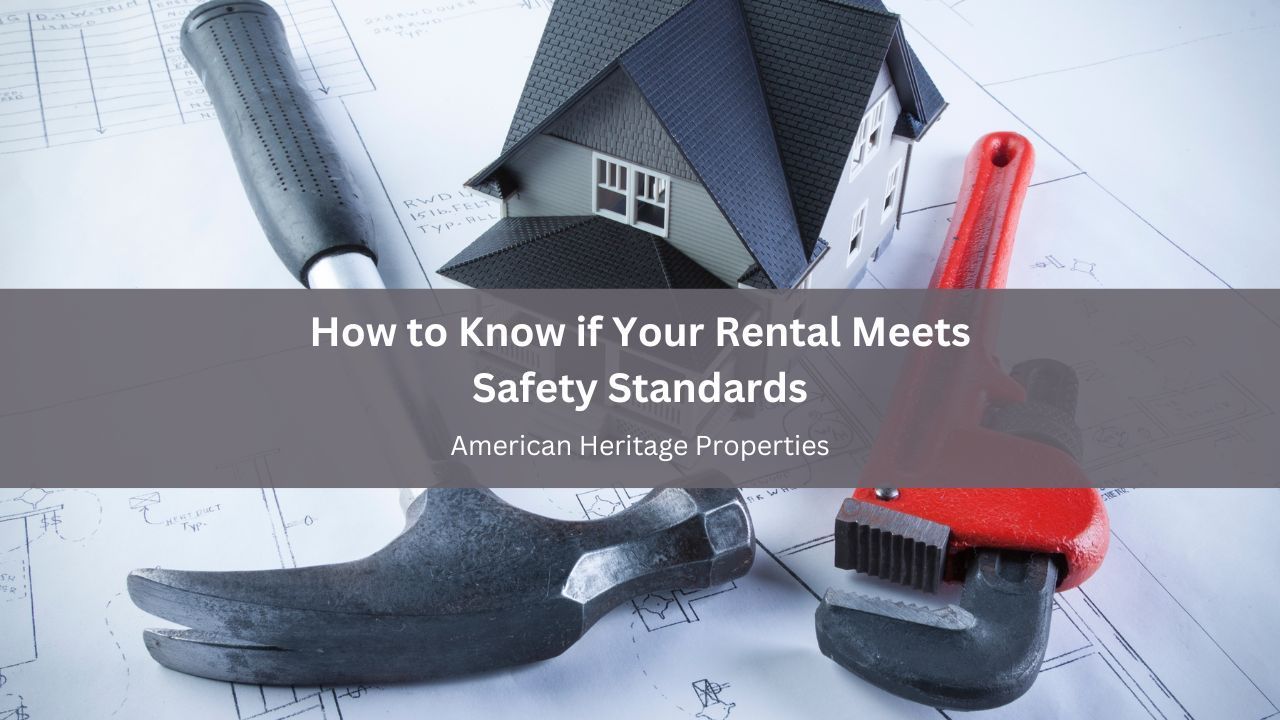What to Look for in a Property Manager’s Resume | American Heritage Properties Inc.,
Hiring a property manager isn’t quite the same as hiring for other jobs; they should possess certain key skills in order for them to be fit for the job. The only problem is, the industry encompasses so many responsibilities that it’s difficult to prioritize the skills candidates have, and decide which of them are best suited for the job.
Knowing What’s Needed
The first thing people should take into account is the type of property that needs management. There are generally two of these: residential and commercial, each property requires a different set of skills, which allows owners to instantly narrow the field of candidates.
Managers will often tell clients up front under which category they fall into, but they only usually apply for jobs under their own specialty anyway. If a client lists what they want from the start, they can save plenty of time avoiding candidates that don’t match what they need anyway.
Prioritizing Experience
There are two ways candidates can list their experience: titles and function. The latter is a tactic that’s commonly used by candidates that have served similar functions as a property manager, but have seldom actually held the role. The former is a much better barometer for gauging the level of experience a candidate possesses.
This isn’t to disparage the skills of candidates who have never held the title before, but when looking at a resume every client has a specific job in mind. Experience in similar positions can be considered as points to their competence, but practice in the exact same job counts for so much more. This is because there’s an automatic understanding that that candidate already knows the challenges of the position, as well as how to move past them.
The best thing to come out of hiring a property manager is if there’s no down time in getting things done. Results are forthcoming, and change is immediate, this is what most clients expect from the people they hire. Fortunately, that’s exactly what we offer. If you don’t believe us then contact us today , or explore the rest of our website for proof of our expertise, as well as our other services.









